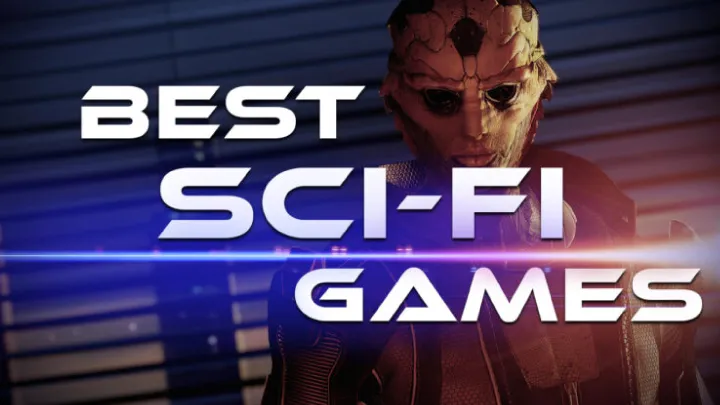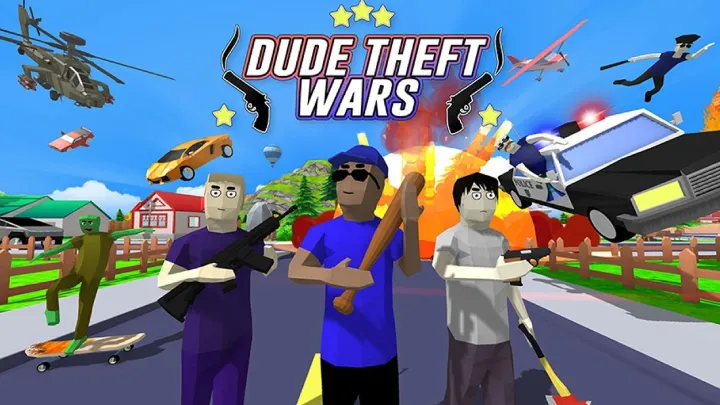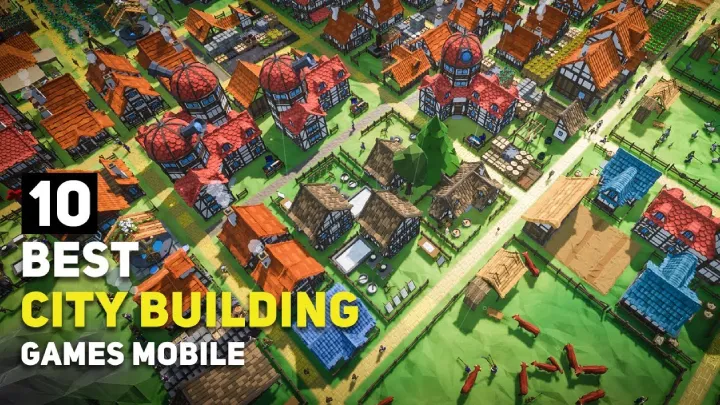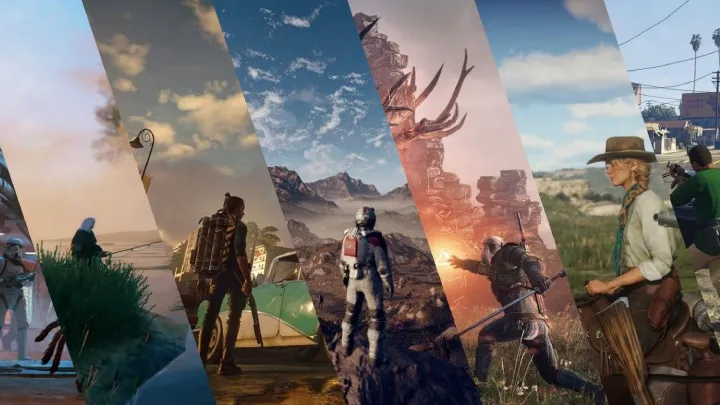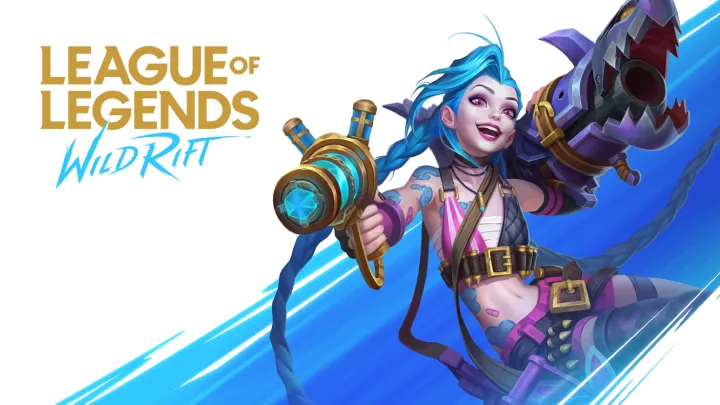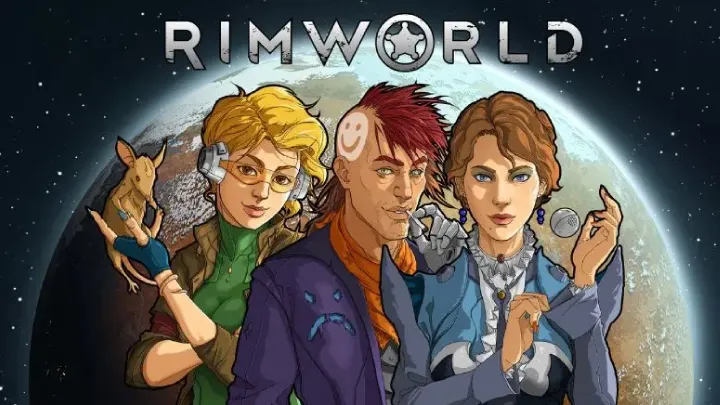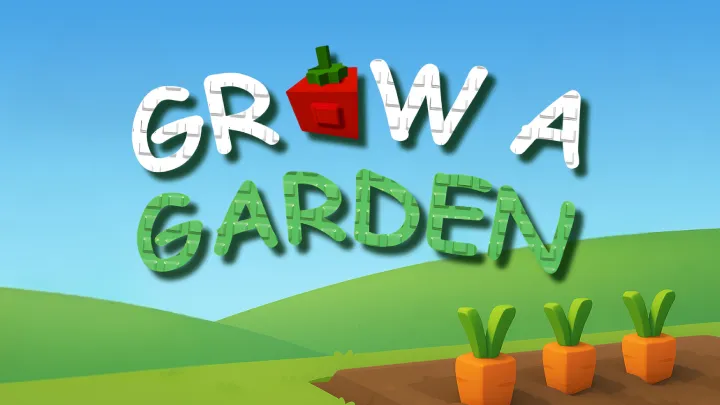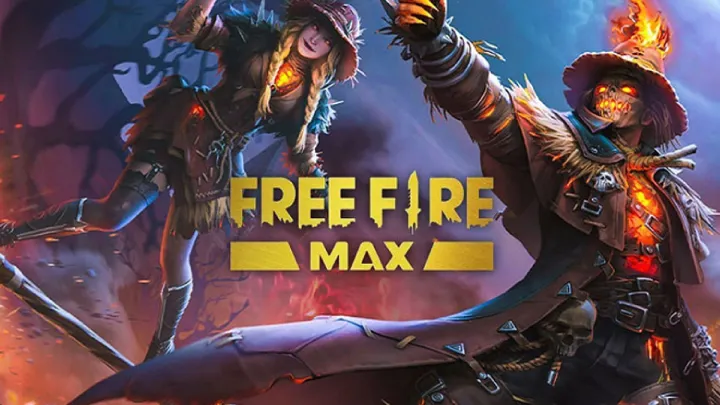Introduction
The world of eSports has exploded in recent years, transforming from a niche hobby into a global phenomenon. Professional gaming has become a legitimate career path, with millions of players and fans tuning in to watch competitive matches across various genres. eSports events fill stadiums, and the prize pools often reach into the millions, showcasing the immense popularity and potential of competitive gaming.
In this article, we’ll explore the top eSports games that have shaped the industry, highlighting their core gameplay, competitive scenes, and what makes them must-know titles for any gamer. From strategy to shooter games, each entry offers a unique experience that has captivated audiences worldwide.
1. League of Legends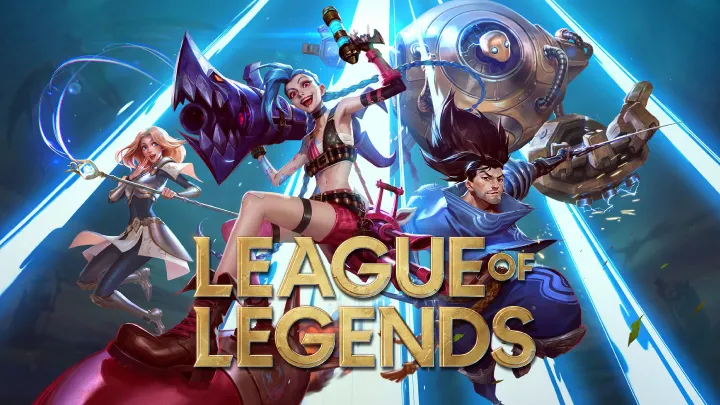
Overview
League of Legends (LoL), developed by Riot Games, is one of the most iconic and enduring titles in eSports. Launched in 2009, it has become synonymous with competitive gaming, with millions of players worldwide.
Gameplay Mechanics
League of Legends is a multiplayer online battle arena (MOBA) game where two teams of five players compete to destroy the opponent’s Nexus, the core building located in their base. Each player selects a champion with unique abilities, and teamwork, strategy, and individual skill are crucial for success.
Competitive Scene
The competitive scene of League of Legends is vast, highlighted by the annual World Championship, which attracts millions of viewers and offers significant prize money. The game features a well-structured ranking system, allowing players to climb the competitive ladder and participate in regional leagues.
Community and Cultural Impact
League of Legends has cultivated a passionate community, with professional teams and players achieving celebrity status. The game’s lore also contributes to its appeal, with rich backstories for each champion and ongoing narrative developments.
2. Dota 2
Overview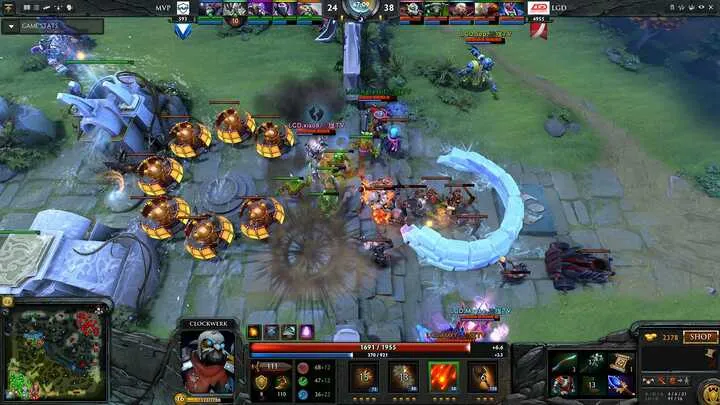
Developed by Valve Corporation, Dota 2 is another titan in the MOBA genre. Released in 2013, it built upon the foundation of the original Defense of the Ancients mod for Warcraft III.
Gameplay Mechanics
Similar to League of Legends, Dota 2 features two teams of five players, each controlling a hero with unique abilities. The game emphasizes strategy and tactical decision-making, with a complex economy system where players earn gold to purchase items that enhance their heroes’ capabilities.
Competitive Scene
Dota 2 is known for its flagship tournament, The International, which offers one of the largest prize pools in eSports history. The event showcases the best teams from around the world, and its captivating matches are a highlight for fans.
Community and Cultural Impact
Dota 2 has a dedicated fanbase, with a vibrant community that enjoys creating content, from fan art to guides. The game’s immersive lore and character design contribute to its sustained popularity.
3. Counter-Strike: Global Offensive
Overview
Counter-Strike: Global Offensive (CS:GO), developed by Valve, is a tactical first-person shooter released in 2012. It has become a cornerstone of the competitive gaming scene.
Gameplay Mechanics
In CS:GO, players join either the terrorist or counter-terrorist team and must complete objectives, such as planting or defusing bombs or rescuing hostages. The game emphasizes teamwork, communication, and skillful gunplay.
Competitive Scene
CS:GO features a robust competitive ecosystem, with numerous tournaments and leagues, including the CS:GO Major Championships. The game’s ranking system allows players to compete at various skill levels, from casual to professional.
Community and Cultural Impact
The CS:GO community is vibrant, with a rich history of player-driven content and a thriving marketplace for in-game items. The game has influenced many other shooters and remains a staple in eSports.
4. Fortnite
Overview
Fortnite, developed by Epic Games and released in 2017, revolutionized the battle royale genre with its unique blend of shooting, building, and survival mechanics.
Gameplay Mechanics
In Fortnite, up to 100 players compete to be the last person or team standing on an ever-shrinking map. Players can gather resources to build structures, adding a strategic layer to the gameplay.
Competitive Scene
Fortnite has a dynamic competitive scene, with events like the Fortnite World Cup, offering substantial prize pools and attracting a wide audience. The game’s constant updates and seasonal changes keep players engaged and coming back for more.
Community and Cultural Impact
Fortnite has transcended gaming, becoming a cultural phenomenon. Its collaborations with popular franchises and celebrities have garnered mainstream attention, making it accessible to a broader audience.
5. Valorant
Overview
Valorant, developed by Riot Games and released in 2020, is a tactical hero shooter that combines elements from various genres, including traditional shooters and MOBAs.
Gameplay Mechanics
Valorant features two teams of five players, with each player selecting an "Agent" who has unique abilities. The gameplay is focused on strategy, communication, and precise shooting, with rounds alternating between attacking and defending.
Competitive Scene
Valorant has quickly established a competitive scene, with tournaments like VCT (Valorant Champions Tour) showcasing top-tier talent. The game’s ranking system encourages players to improve and compete at higher levels.
Community and Cultural Impact
Valorant has rapidly gained popularity due to its engaging gameplay and emphasis on teamwork. The game’s community is active, with players sharing strategies and content across various platforms.
6. Rainbow Six Siege
Overview
Rainbow Six Siege, developed by Ubisoft and released in 2015, is a tactical shooter that emphasizes strategy, teamwork, and environmental destruction.
Gameplay Mechanics
In Siege, players take on the roles of various operators from different counter-terrorism units. Each operator has unique gadgets and abilities, and the game focuses on objective-based gameplay, requiring coordination and tactical planning.
Competitive Scene
Rainbow Six Siege has a thriving competitive scene, with events like the Six Invitational showcasing top teams. The game’s ranking system allows players to compete at various skill levels, fostering a competitive environment.
Community and Cultural Impact
The Siege community is known for its dedication and creativity, with many players sharing content and strategies. The game’s ongoing updates and seasonal content keep the community engaged and invested.
7. Hearthstone
Overview
Hearthstone, developed by Blizzard Entertainment and released in 2014, is a digital collectible card game that has become a staple in the eSports scene.
Gameplay Mechanics
In Hearthstone, players build decks and compete against each other using strategic card play. The game features various modes, including ranked play and casual matches, allowing players to engage at their own pace.
Competitive Scene
Hearthstone has a vibrant competitive scene, with events like the Hearthstone World Championship showcasing top players. The game’s frequent expansions and updates keep the gameplay fresh and exciting.
Community and Cultural Impact
Hearthstone has a dedicated community, with players creating content, guides, and strategies. The game’s accessibility and engaging gameplay have contributed to its popularity in the eSports landscape.
8. Super Smash Bros. Ultimate
Overview
Super Smash Bros. Ultimate, developed by Nintendo and released in 2018, is a crossover fighting game that brings together characters from various franchises.
Gameplay Mechanics
In Smash Bros., players choose their favorite characters and battle in various arenas, using unique abilities and items to defeat opponents. The game emphasizes skillful play and can be enjoyed casually or competitively.
Competitive Scene
Super Smash Bros. Ultimate has a passionate competitive scene, with events like Evo and Smash World Tour highlighting top players. The game’s diverse roster and engaging gameplay make it a favorite among fighting game enthusiasts.
Community and Cultural Impact
The Smash community is known for its creativity and enthusiasm, with players creating content, tournaments, and fan art. The game’s legacy continues to grow, making it a pillar of the fighting game scene.
9. StarCraft II
Overview
StarCraft II, developed by Blizzard Entertainment and released in 2010, is a real-time strategy (RTS) game that has shaped the competitive gaming landscape.
Gameplay Mechanics
In StarCraft II, players choose one of three races—Terran, Zerg, or Protoss—and compete to gather resources, build armies, and destroy their opponents. The game emphasizes strategic planning and quick decision-making.
Competitive Scene
StarCraft II has a storied competitive history, with tournaments like BlizzCon showcasing top talent. The game’s ranking system and ladder encourage players to improve and compete at higher levels.
Community and Cultural Impact
The StarCraft community is known for its dedication and passion, with players creating content, strategies, and guides. The game’s legacy in eSports is profound, influencing many future titles in the genre.
10. Rocket League
Overview
Rocket League, developed by Psyonix and released in 2015, combines soccer with rocket-powered cars, creating a unique and exhilarating experience.
Gameplay Mechanics
In Rocket League, players control rocket-powered cars to hit a giant ball into the opposing team’s goal. The game emphasizes teamwork, skillful maneuvering, and strategy, making it accessible to players of all skill levels.
Competitive Scene
Rocket League has a thriving competitive scene, with events like the Rocket League Championship Series (RLCS) showcasing top teams from around the world. The game’s ranking system encourages players to improve and compete at higher levels.
Community and Cultural Impact
The Rocket League community is vibrant, with players creating content, tutorials, and fan art. The game’s unique premise and engaging gameplay have made it a staple in the eSports scene.
Conclusion
The eSports landscape is rich and diverse, with each of these games contributing to the growth and popularity of competitive gaming. From the strategic depth of League of Legends to the high-octane action of Call of Duty, there’s something for every type of gamer. As eSports continues to evolve, these titles will remain essential for understanding the gaming culture and the future of competitive play.








